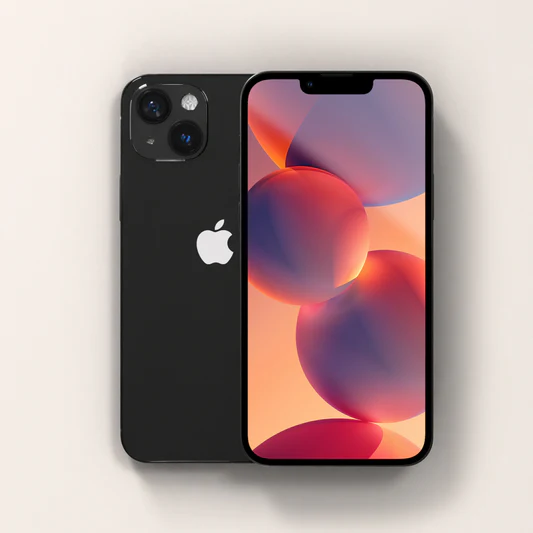The used smartphone market has evolved from a nascent industry into a highly competitive battleground, where a diverse array of players are vying for position and profit. A thorough review of the Used Smartphone Market Competition reveals a multi-front war fought over the critical elements of device sourcing, refurbishment quality, customer trust, and sales channels. The competition is not just between companies selling used phones; it's a complex interplay between OEMs trying to control their brand's second life, carriers using trade-ins as a retention tool, and dedicated secondary market players building new business models around the circular economy. The market's rapid and sustained growth is the primary fuel for this intense rivalry. The Used Smartphone Market size is projected to grow USD 218.77 Billion by 2035, exhibiting a CAGR of 17.51% during the forecast period 2025-2035. This massive economic opportunity ensures that the competitive pressures will continue to mount, forcing all participants to innovate on their processes, technology, and customer-facing propositions to gain an edge in a market where trust and efficiency are the ultimate currencies.
The first and most critical area of competition is the battle for sourcing, i.e., acquiring a steady supply of high-quality used devices. This is where the Mobile Network Operators (MNOs) and Original Equipment Manufacturers (OEMs) have a massive structural advantage. Through their trade-in programs, they are the primary collection point for millions of devices from consumers upgrading to new models. This gives them first access to the most desirable, recent-model devices. They compete with each other by offering more attractive trade-in values and promotions. In direct competition with them are the specialized buy-back companies and D2C marketplaces (like Gazelle or SellCell), who try to intercept the consumer before they trade in their device with a carrier by offering them cash directly. These companies compete on the convenience of their process and the cash price they offer. This creates a fierce competition for the "raw material" of the industry, with the players who can offer the most compelling value proposition to the consumer who is selling their old phone ultimately controlling the supply chain.
The second major competitive front is the battle for customer trust. In a market historically plagued by concerns about quality, battery life, and data security, building a trusted brand is paramount. This is where OEMs like Apple have a distinct advantage with their "Certified Refurbished" programs, which promise a like-new experience with an official warranty. They compete on the basis of ultimate quality assurance. The specialized marketplaces like Back Market and Swappa compete on a different trust model. They act as a trusted intermediary, vetting sellers, providing a standardized grading system, and offering their own warranties and dispute resolution services. They compete on transparency and consumer protection. This creates a competitive dynamic where OEMs offer a "perfect but premium" product, while marketplaces offer a "good enough and trusted" product at a more accessible price point. The competition also extends to the refurbishment process itself, where large-scale B2B processors compete on the sophistication of their diagnostic software, their repair capabilities, and their ability to consistently and accurately grade devices at scale, which is the foundation upon which the entire resale market's trust is built.
Top Trending Reports -
Europe Immersive Analytics Market



